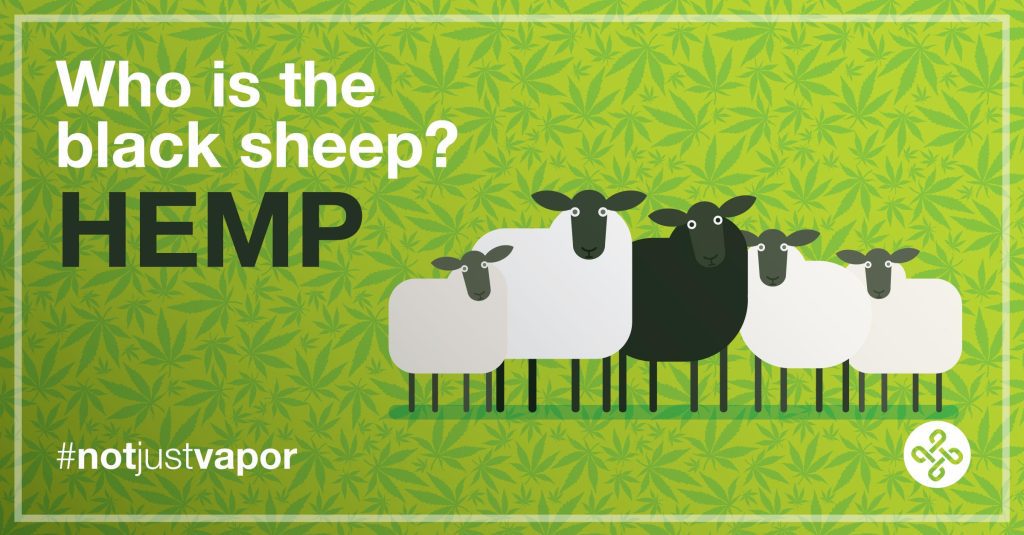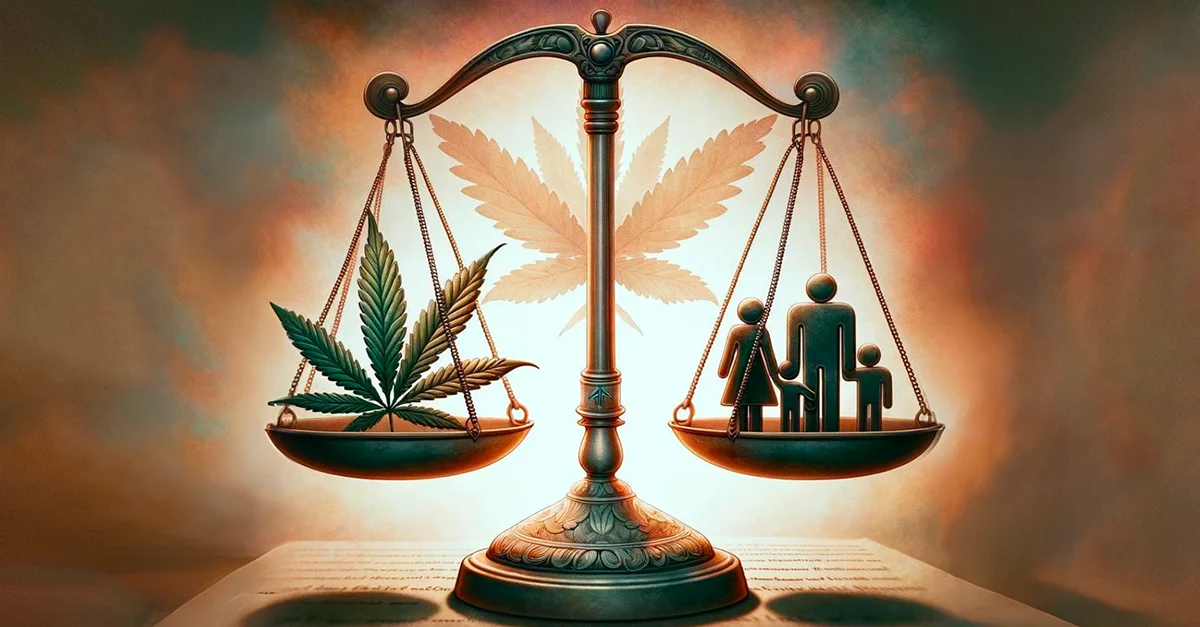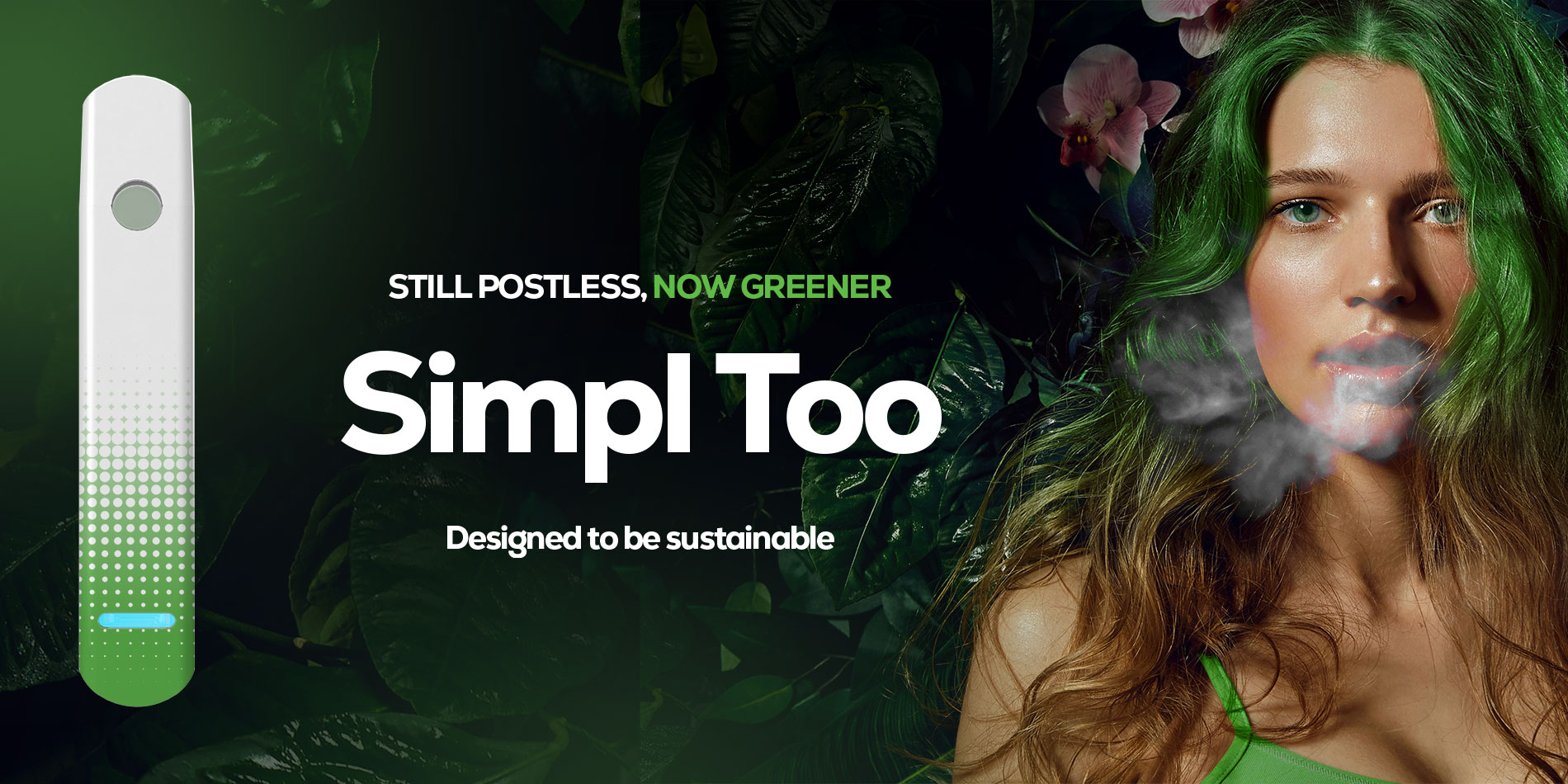Advocates are all positioning themselves for the new year, trying to figure out how they are going to finally get cannabis legalized federally, plotting on how to slide that MORE Act through one more time…. While all this scheming is abounding in Washington, lobbyists and industry analysts should not forget about the black sheep of the family that led the way – hemp.
A new report out by Whitney Economics, “Déjà vu: An Economics Analysis of the U.S. Hemp Cultivation Industry,” looks back on the development of the U.S. Hemp Industry over the past two years and has not surprisingly found that there continues to be an enormous oversupply of hemp biomass. The average left-over biomass was 24,795 pounds per farm, resulting in over 135 million pounds across the U.S. This surplus is largely due to confusion in the regulatory process, no capacity to process the plants and farmers inability to find buyers.
One of the biggest hurdles starts with the regulators. When the 2018 Farm Bill passed legalizing hemp derived cannabis, entrepreneurial farmers jumped on the opportunity, however no regulatory framework had truly been set up by the federal government. The FDA and the USDA butted heads on who had oversight of whether or not a product was in the food supply, a nutritional supplement, or an agricultural product. Then you layer on top of that confusion from the states that are trying to run their own programs.
Producers of products were then confused by interstate commerce laws and so was the law enforcement. Many chose to keep their crops and products in the states where they grew them to try and stave off any legal issues, but all that did was limit their market and their options to process and sell. The speed of the market getting up and running was far outpacing the regulatory infrastructure that needed to be created to help the industry flourish. Meanwhile, the DEA is trying to play catch up and figure out who has jurisdiction over this new crop.
Testing regulations from the DEA’s recent Interim rules sent the industry into a tizzy, particularly in the processing sector. They stated that no hemp product or sample can be above 0.3% THC at any point in the process. This new guidance confused many because it is not uncommon for oils and extracts to test above 0.3% at some point in the process before the THC can be removed from the crude or distillate. This rule cannot stand if they want legitimate businesses to develop innovative, quality products for consumers.
The FDA doesn’t even know where to begin with hemp. Generally, FDA policy dictates that if a substance has been defined as a drug, then all future derived products are also considered drugs. However, the number of products that can be made from hemp (more than 25,000) make classifying it a farce. To help support the industry, the FDA must clarify its position on CBD. Until that happens and they allow CBD to be added to food and beverages, a major source for hemp demand will remain on the sidelines.
Hemp could become a crop that transforms our way of life and the products that we consume, but that only happens if regulators and the industry take the time to get it right. If we don’t start to work out the regulatory problems that we are seeing within the hemp space, we will be doomed to repeat them when cannabis is legalized. So, a little public service announcement to our advocates and industry lobbyists: don’t forget about hemp – the black sheep, they are part of the family too.
#notjustvapor















































